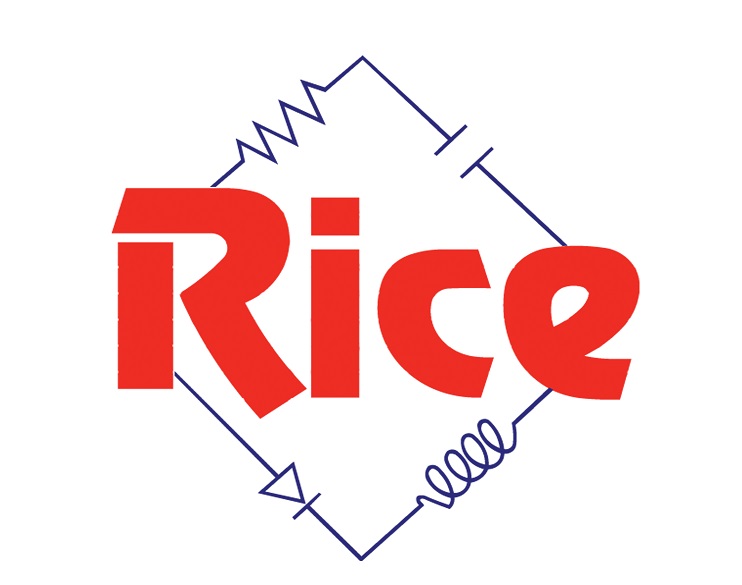Spread Spectrum

In the construction industry, safety is of paramount importance and camera monitoring of construction processes – for example, crane operations – whether manual or automatic, provide quick response capabilities when problems occur. There are several methodologies employed in surveillance systems and they differ in how signals are routed to the monitoring station. For shorter distances, CCTV or closed circuit television uses a coaxial based cabling system. Low cost video cable is restricted to distances of approximately seven hundred feet while higher priced cable and embedding equalizing amplifiers in the line can extend the range up to eight thousand feet. However because of the cost and potential for interference it is recommended that longer distances employ fiber optics.
Fiber optic systems convert the signal to a light beam, which provides total immunity from errant radio signals and power line interference. Typically, distances of many miles can be accomplished using this method. Some of the problems inherent in coaxial cabling such as loss of color, instability of the image and general degradation of the video are not found in the fiber optic systems.
A third method employs the use of spread spectrum technology where each camera is fitted with a transmitter. This is useful in situations where installing cable is not possible or the cost is prohibitive. Spread Spectrum is a method of communication that employs the concept of no single channel assignment. Each transmitter and receiver are constantly changing frequency every few milliseconds and transmitting only a small part of the intelligence with each burst. The receiver follows the transmitter frequency as it changes reassembling the information into a contiguous signal. The basic concept is improved security with less interference from other services. Remote pan and tilt capabilities are typically part of any video surveillance system however it is mostly found when using the CCTV technologies. Cabling distances are an important consideration as loss of pan and tilt control can usually occur before severe degradation of a video signal.
